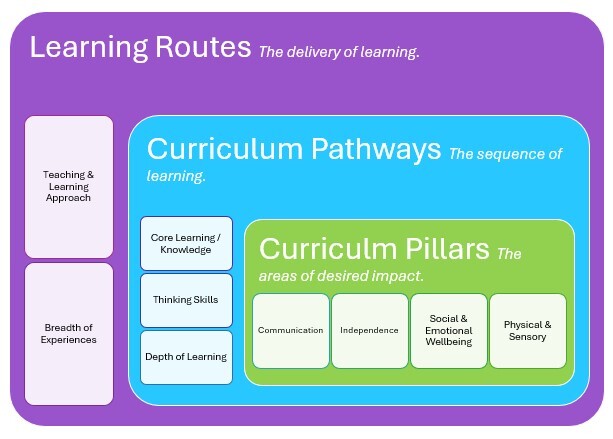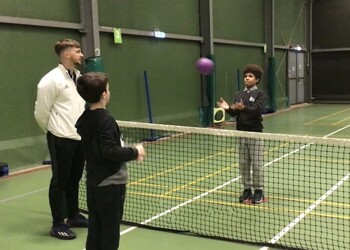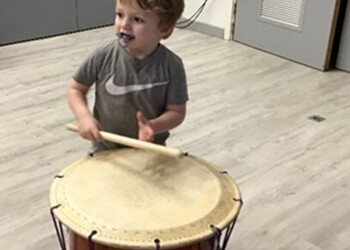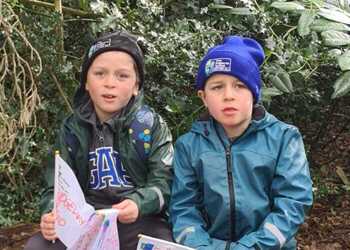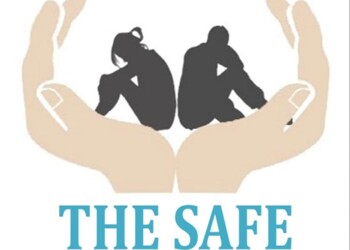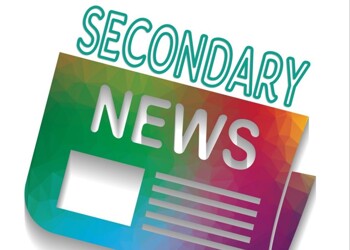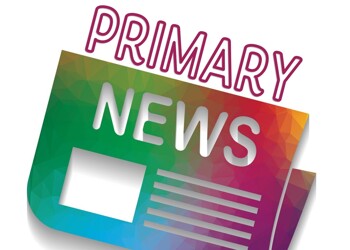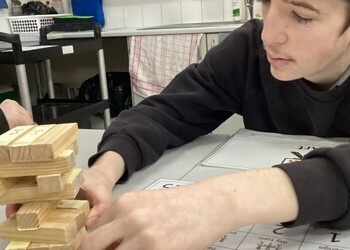 13/02/2025
13/02/2025Intent; Overview
What is the aim of our curriculum?
We hope for every young person to have a strong sense of belonging and to have the knowledge and skills to be able to self-advocate, be independent, be socially and emotionally resilient, to lead as full a life as possible, fulfilling their potential both now and in the future.
Our provision is child centred, and therefore, the above intent is personalised to reflect and celebrate this individuality. For example, independence for those within our pre-formal pathway may be shown through the lifting of a finger or a turning of a head to demonstrate agency over the world around them or to indicate a choice. Whereas, for those within our semi-formal pathway, they may be able to use communication methods to hold a conversation or access supported employment. Each of these examples reflects high expectations for those individuals and is celebrated as such.
Through our child-centred, innovative, and collaborative approach we ensure that the curriculum is not solely what we teach, it is how we fulfil our school vision and aims. It is the vehicle that enables us to provide each individual with a personalised learning journey, in which they receive a rich, broad and balanced experience that engages, motivates and maximises opportunities for learning.
Our Curriculum is built on four pillars. These pillars underpin all learning and ensure that the curriculum enables high impact on the areas that make a difference to the lives of our children. Each pillar is reflective of the requirements with our children’s EHCPs and are very closely connected, each complimenting and facilitating the development of the other towards best preparing our individuals for life beyond The Ridgeway.
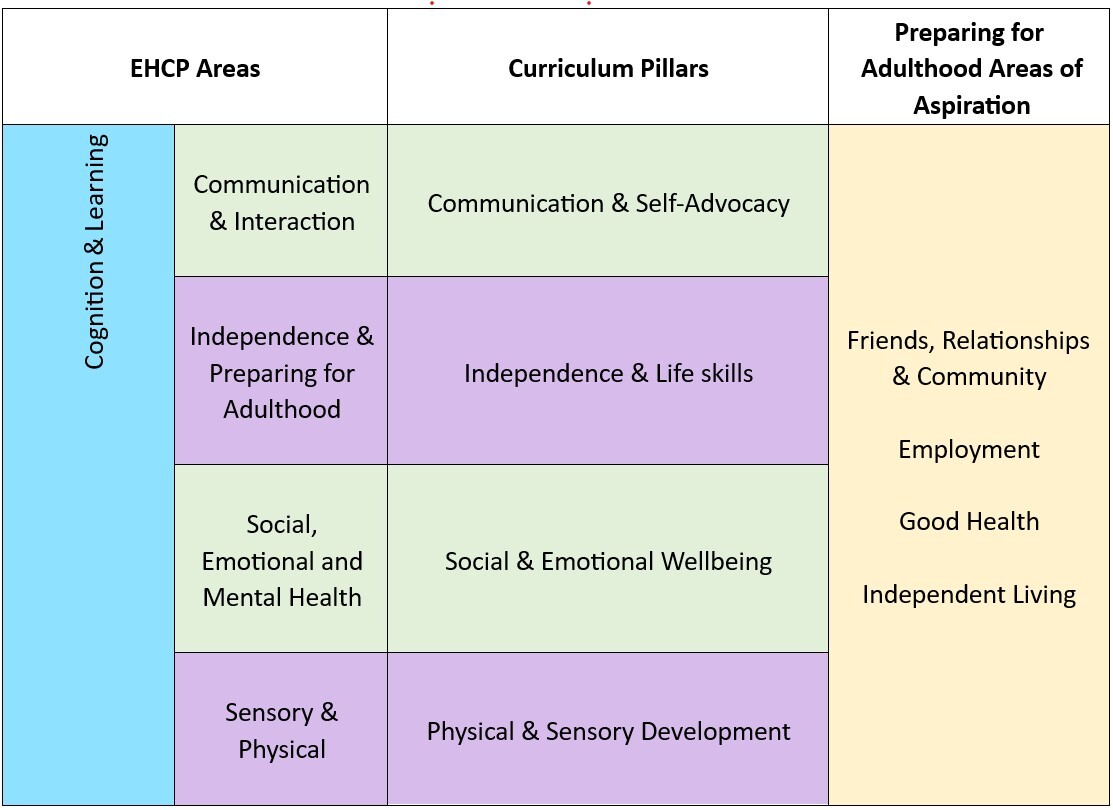
To ensure that the curriculum meets the diverse range of needs and ages at The Ridgeway, it is built in a layered format. Whilst our curriculum pillars underpin all individual learning, we ensure that the curriculum is developmentally appropriate through our Pre Formal and Semi Formal Pathways that outline the relevant areas of learning alongside the sequence of knowledge and thinking skills. This learning is then delivered through developmentally appropriate teaching approaches that maximise access to a variety of experiences drawn from the Early Years Foundation Stage and the National Curriculum.
